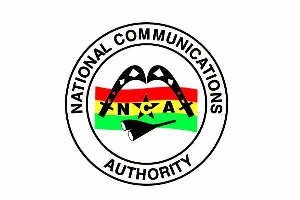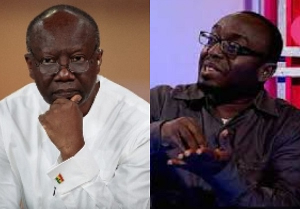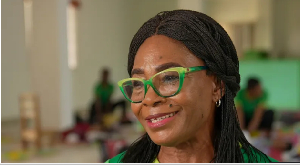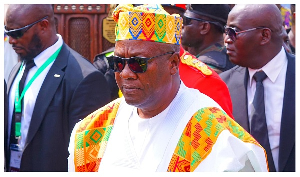The National Communications Authority (NCA) has officially launched the trial phase of digital audio broadcasting (DAB) in the country.
The milestone makes the country the first in West Africa and the fourth on the entire African continent to embrace this cutting-edge radio technology.
DAB represents a state-of-the-art radio broadcasting system that revolutionises how audio content is transmitted through the airwaves. Distinguishing itself from traditional FM radio, DAB relies on digital signals rather than analogue ones. This shift results in remarkable enhancements in reception quality and a significant reduction in signal interference.
Furthermore, DAB operates on a distinct frequency band compared to FM radio, allowing up to 18 stations to efficiently share a single transmitter, thus reducing energy consumption. Additionally, it opens doors for the simultaneous transmission of supplementary data services alongside audio content, enhancing the overall user experience.
So far, 18 audio channels drawn from Accra and Kumasi are expected to be part of the trial. They are Unique FM, Asempa FM, Citi FM, Hot FM, Peace FM, Starr FM, Asaase FM, Atlantis FM, Class FM, Oman FM and Radio Univers.
The rest are Angel FM, Kessben FM, Opemsuo FM, Sompa FM, Radio Focus, Orange FM and Wontumi FM.
How DAB works?
The cutting-edge innovation is accomplished by converting audio signals from radio stations into digital format. This digital data is then compressed and combined with data from other stations (multiplexing) before being transmitted for general reception. DAB receivers decode the transmitted data, converting it back into audio signals for a seamless listening experience.
It will operate in the frequency range of 174 to 230 MHz, while FM radio uses the frequency band 87.5 to 108 MHZ as the country has adopted the DAB+ standard. DAB+ provides enhanced audio quality and higher spectrum efficiency compared to the first-generation DAB.
The solution to frequency constraints
Speaking during the launch of the trial phase in Accra, Communications and Digitalisation Minister Ursula Owusu-Ekuful said the government’s unwavering commitment to embracing digital innovation has propelled the country to the forefront of digital transformation on the continent.
She said with the rapid development of the radio and TV industry and its convergence with telecommunications, it has become necessary to ensure the quality of broadcasting services does not deteriorate.
Statistics indicate that as of the end of 2022, the NCA had authorised 707 Frequency Modulation (FM) stations, out of which 513 were in operation.
“This proves that radio broadcasting still reigns supreme over other forms of mass media communications, as it remains a pivotal source of information and entertainment for both urban and rural communities,” Mrs. Owusu-Ekuful said.
The global digital radio broadcasting market was valued at US$3,710.13million in 2021 and is expected to expand at a growth rate of 11.01 percent, reaching US$ 6,943.24million by 2027, according to the Digital Journal.
“This provides an opportunity for Ghana to tap into this revenue stream to expand revenues for both the government and private sector,” Mrs. Owusu-Ekuful said.
“As we stride into the future, the advent of Digital Audio Broadcasting (DAB) marks a significant milestone in radio broadcasting. With its ability to harness digital signals, DAB ushers in a new era of enhanced sound quality, an expanded array of station choices, and interactive features that redefine the listener experience. This technology transcends the limitations of traditional analogue FM radio, promising a transformational and captivating auditory journey for all listeners,” she added.
She commended the 18 FM stations for availing their stations for the trial.
The Director-General of the NCA, Joe Anokye, added that with increasing demand for sound broadcasting services and limited FM frequency availability in major cities, DAB addresses the frequency constraints for FM radio by allowing stations to reach more cities while broadcasting the same programme content.
“DAB’s spectrum efficiencies make it the perfect audio technology from a radio frequency management perspective,” he stated.
On her part, the Project Director at WorldDAB, Bernie O’Neill, called for the creation of a small working group to oversee the trial process as well as ensure the delivery of unique content that can’t be found on FM to entice listeners to switch.
“Work with leading manufacturers and retailers to make consumer devices widely available. For sustained success, promote DAB on FM and other media, and collaborate with all stakeholders. We are thrilled to welcome Ghana aboard and support the country on its journey toward digitising broadcast radio,” she said.
Business News of Thursday, 24 August 2023
Source: thebftonline.com

















